Space agency ISRO on August 4 released the first set of pictures of the earth captured by Chandrayaan 2, the country’s second Moon mission launched a fortnight ago. The pictures were captured by L 14 camera onboard Chandrayaan 2. The pictures show the earth in different hues. [caption id=“attachment_7108141” align=“alignnone” width=“1024”] 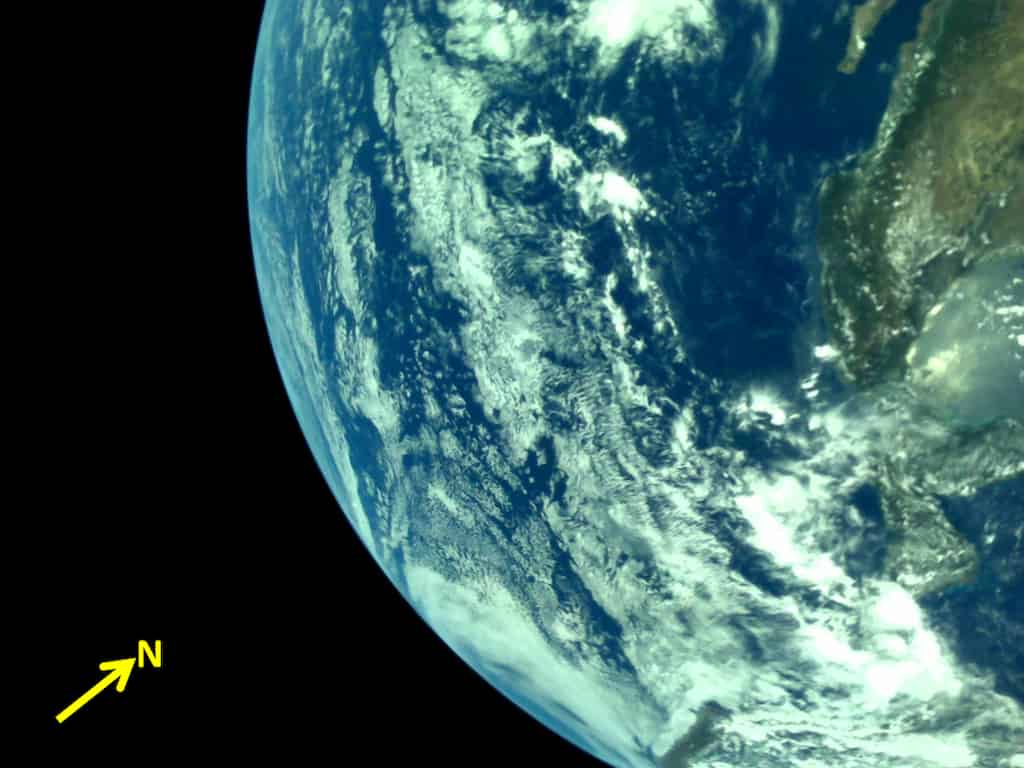 Image of Earth taken from Chandrayaan-2. Image: ISRO[/caption] “Earth as viewed by #Chandrayaan2 LI4 Camera on August 3, 2019 17:34 UT,” the Indian Space Research Organisation (ISRO) tweeted along with the pictures.
#ISRO
— ISRO (@isro) August 4, 2019
Earth as viewed by #Chandrayaan2 LI4 Camera on August 3, 2019 17:32 UT pic.twitter.com/KyqdCh5UHa
As per the ISRO website, the image was clicked from a distance of 4,100 km. (Also read: Chandrayaan 2: First orbit-raising of spacecraft performed successfully, ISRO confirms ) Besides the one shared in the tweet, ISRO also added a bunch of images clicked of the Earth to its Chandrayaan-2 gallery. These images have been clicked from 2,450 km to up to 5,000 km frim the L14 camera onboard Chandrayaan 2. [caption id=“attachment_7108041” align=“alignnone” width=“1344”] 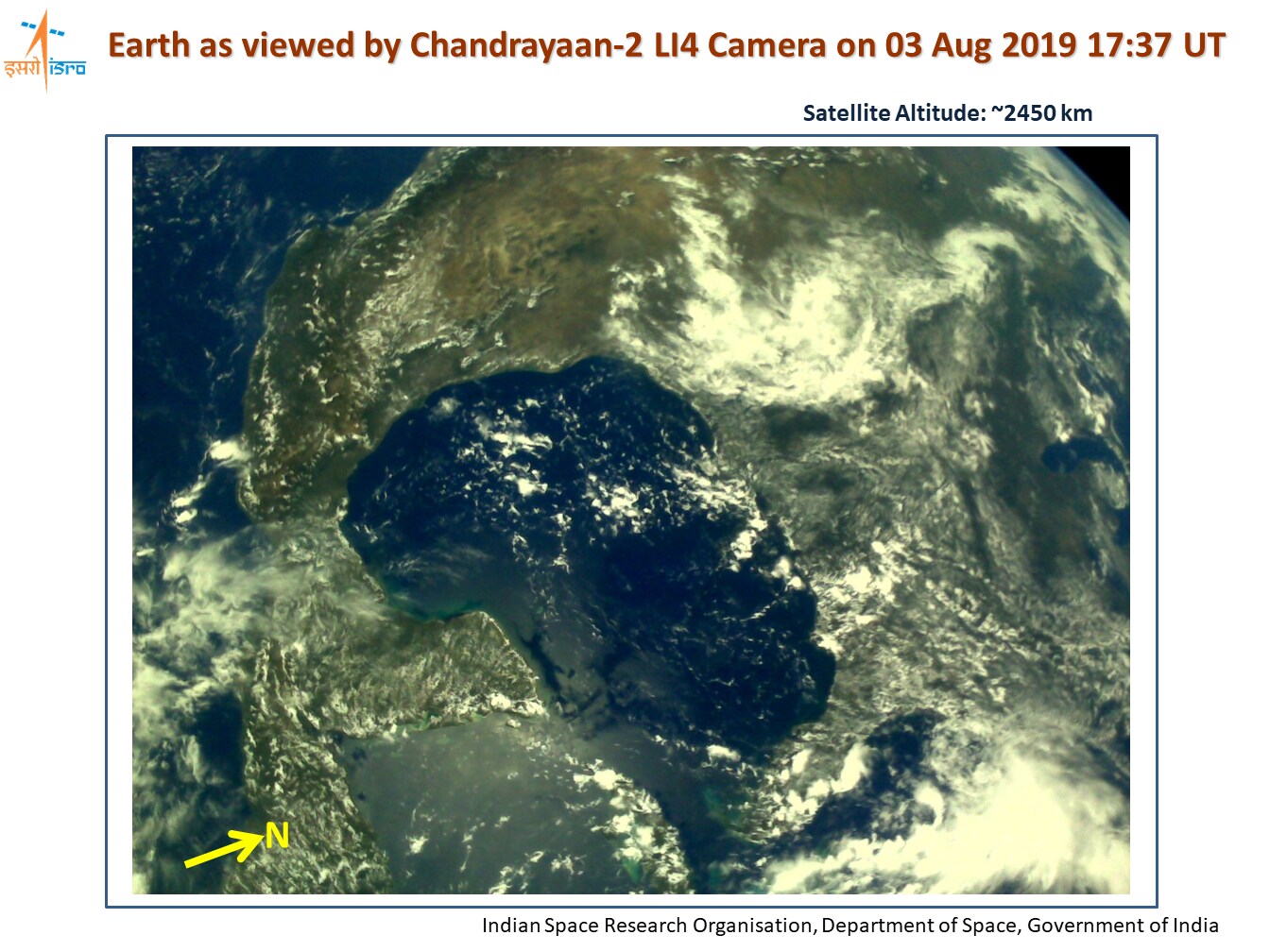 Image: ISRO[/caption] [caption id=“attachment_7108031” align=“alignnone” width=“1344”] 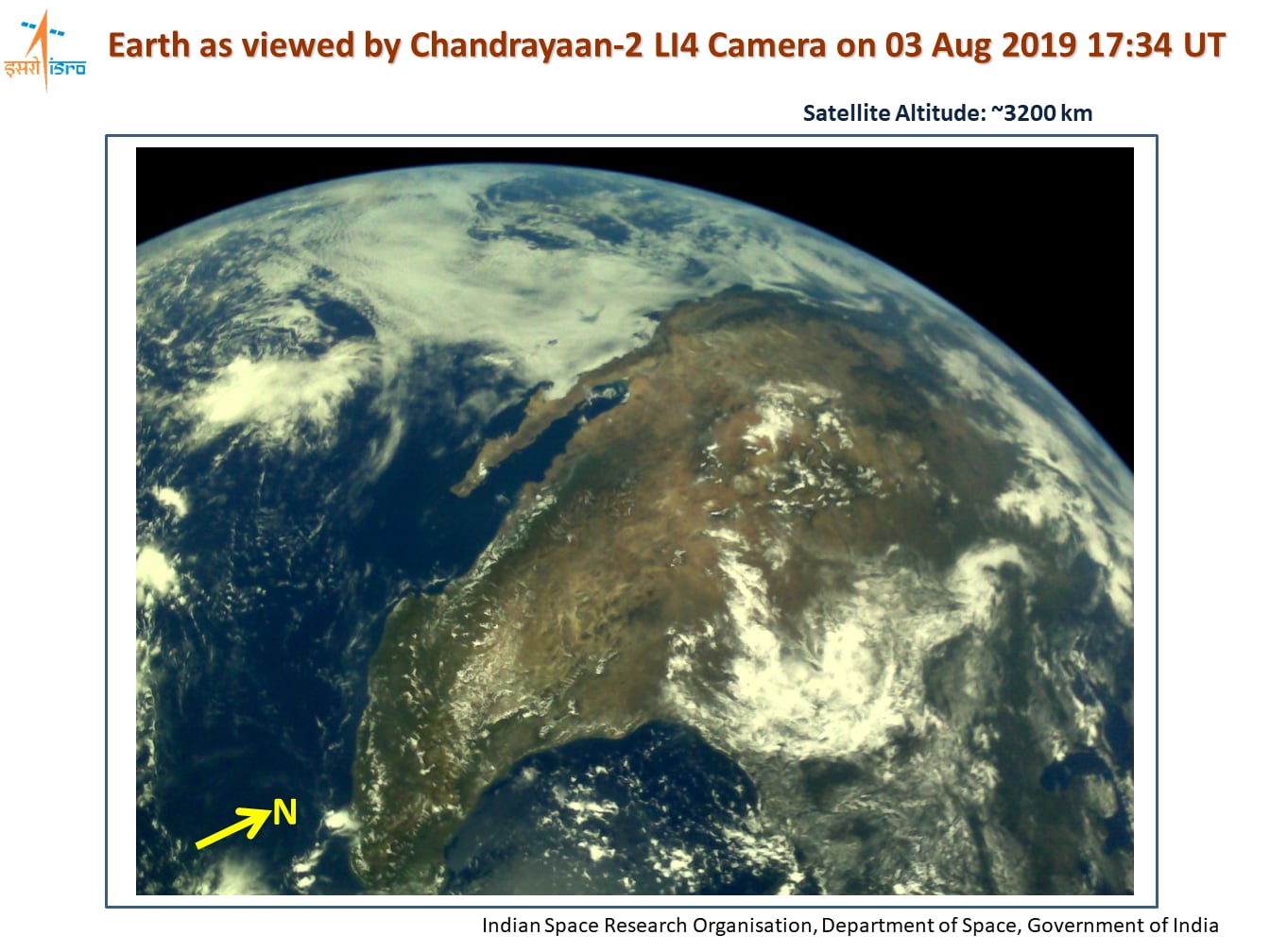 Image: ISRO[/caption] [caption id=“attachment_7108021” align=“alignnone” width=“1344”] 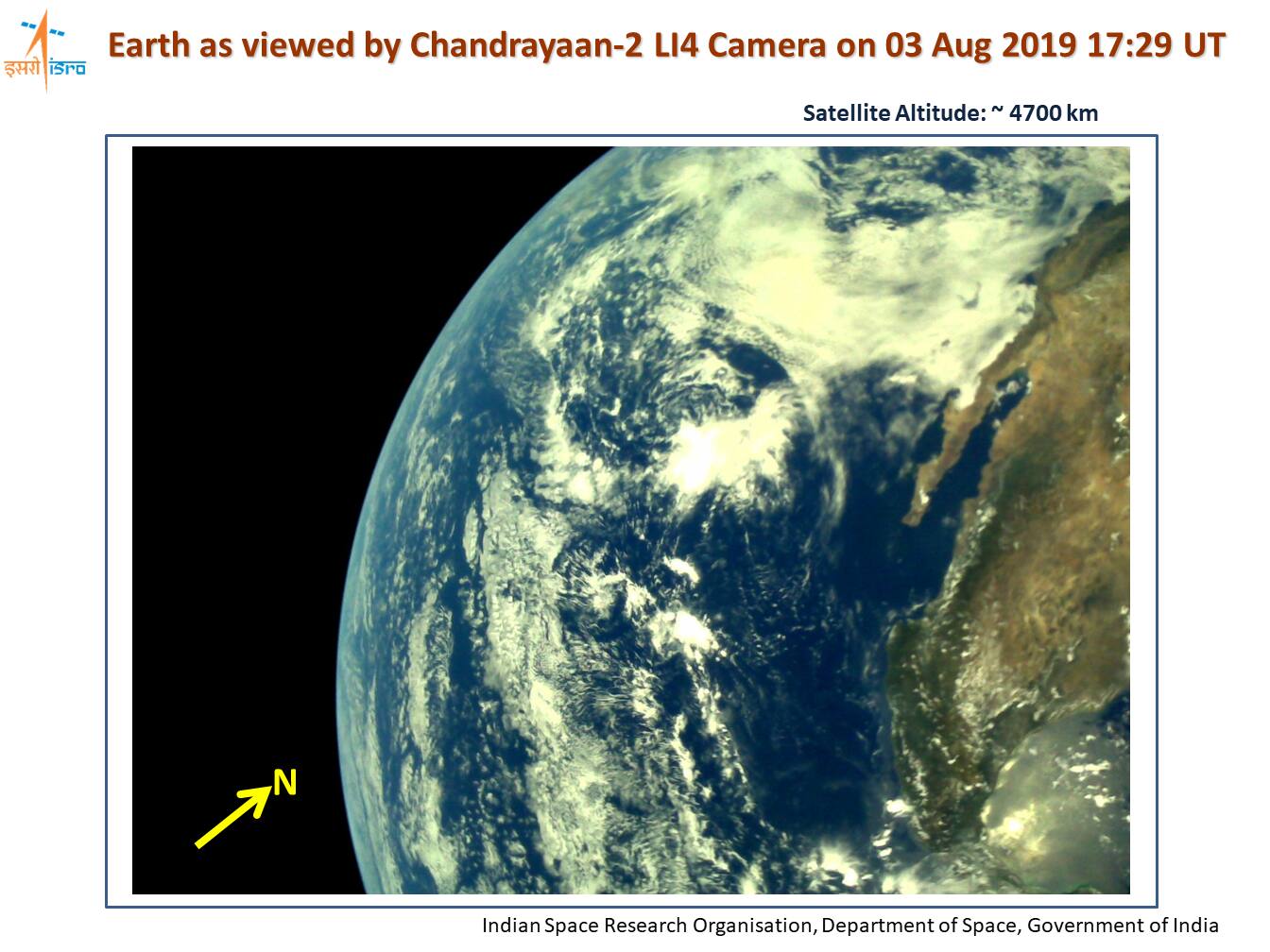 Image: ISRO[/caption] [caption id=“attachment_7108011” align=“alignnone” width=“1344”] 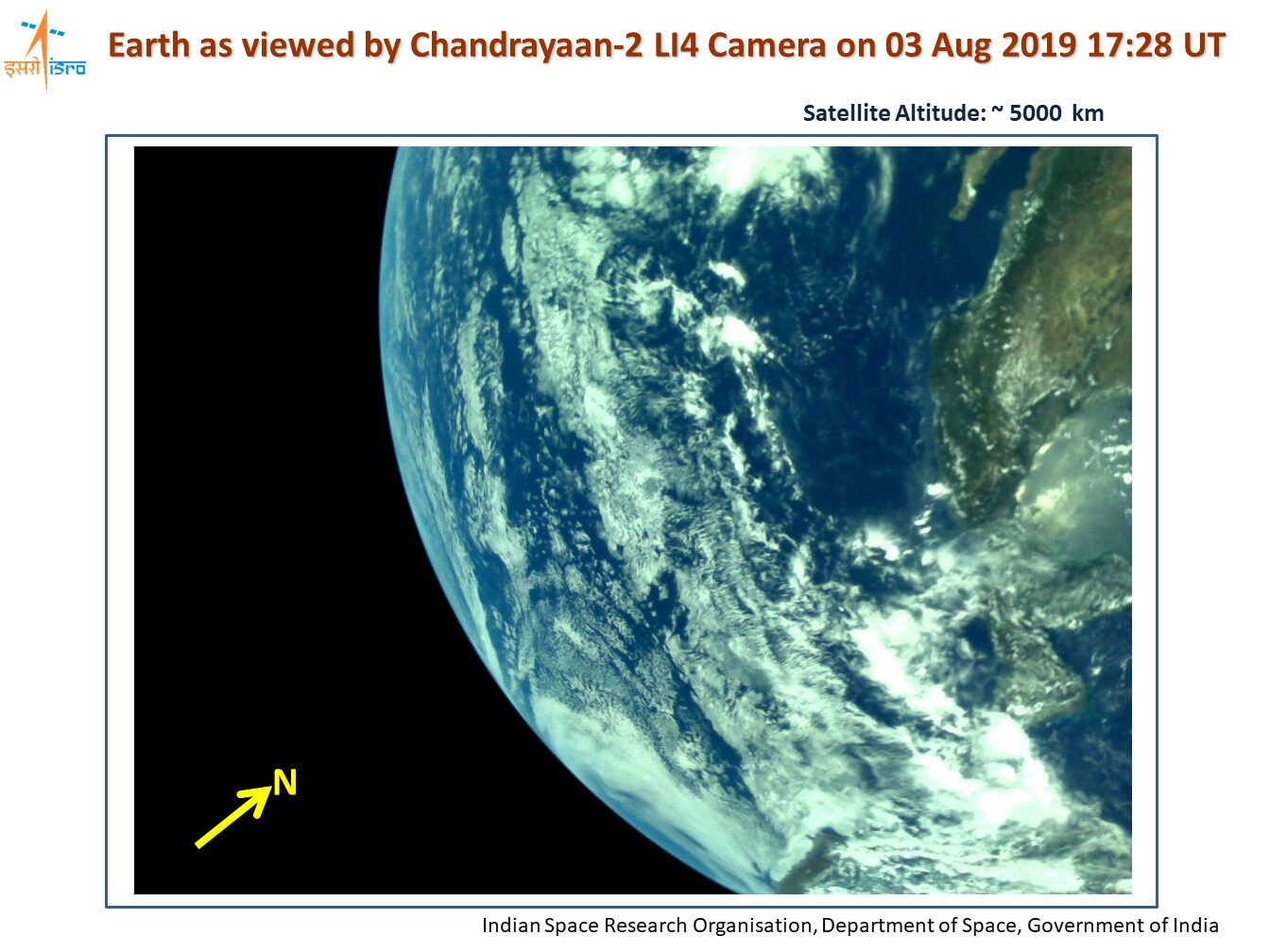 Image: ISRO[/caption] On 2 August, the **fourth earth-bound orbit-raising manoeuvre** of the Chandrayaan 2 spacecraft was successfully performed. On 22 July, India launched the country's second moon mission, Chandrayaan 2 , aboard the most powerful rocket in ISRO’s arsenal, the GSLV-MkIII-M1, from the spaceport of Sriharikota in Andhra Pradesh. The mission was primarily aimed at landing a rover in the unexplored lunar south pole. The 3,850-kg, Rs 978-crore spacecraft is a three-module composite made up of an orbiter, lander, and rover. On its planned 48-day journey between liftoff and landing on the Moon’s South Pole, the composite will be subjected to a series of orbital manoeuvres to bring it to the moon’s vicinity. With inputs from PTI.


)
)
)
)
)
)
)
)
)



